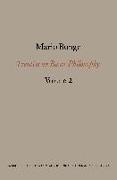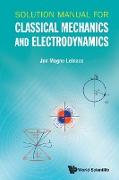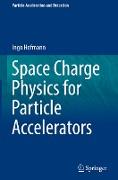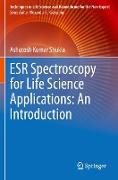Semantics II: Interpretation and Truth
BücherAngebote / Angebote:
Of Semantics II.- 6. Interpretation.- 1. Kinds of Interpretation.- 2. Mathematical Interpretation.- 2.1. Abstract Theory.- 2.2. Model.- 2.3. Intensional Models and Extensional Models.- 2.4. Insufficiency of Extensional Models.- 3. Factual Interpretation.- 3.1. The Need for Factual Interpretation in Science.- 3.2. How Interpretations are Assigned and What They Accomplish.- 3.3. The Factual Interpretation Maps.- 3.4. Factual Interpretation: Full and Partial.- 3.5. Generic Partially Interpreted Theories.- 3.6. Principles of Factual Interpretation.- 3.7. Factual Interpretation and Truth.- 3.8. Interpretation and Exactification.- 4. Pragmatic Aspects.- 4.1. Pragmatic Interpretation.- 4.2. The Interpretation Process.- 5. Concluding Remarks.- 7. Meaning.- 1. Babel.- 2. The Synthetic View.- 2.1. Meaning as Sense cum Reference.- 2.2. Significance.- 2.3. Significance Assignment.- 2.4. Degrees of Significance Definiteness.- 3. Meaning Invariance and Change.- 3.1. Synonymy.- 3.2. Meaning Invariance.- 3.3. Meaning Change.- 4. Factual and Empirical Meanings.- 4.1. Definitions.- 4.2. The Search for Factual Meaning.- 4.3. Shape and Role of Meaning Assumptions.- 5. Meaning et alia.- 5.1. Meaning and Testability.- 5.2. Meaning and Use.- 5.3. Meaning and Understanding.- 5.4. Factual Meaning and Covariance.- 6. Concluding Remarks.- 8. Truth.- 1. Kinds of Truth.- 1.1. Truth Bearers.- 1.2. Truth Values: Acquired.- 1.3. Quadruple Truth.- 2. Truth of Reason and Truth of Fact.- 2.1. Truth of Reason.- 2.2. Truth of Fact: The Synthetic View.- 2.3. Truth Values: Conditional.- 2.4. Truth Conditions.- 3. Degrees of Truth.- 3.1. The Problem and How to Fail to Solve It.- 3.2. Axioms.- 3.3. Topologies of SD.- 3.4. Comparing Truth Values.- 3.5. Scientific Inference.- 3.6. Comments.- 4. Truth et alia.- 4.1. Truth and Probability.- 4.2. Truth, Meaning, and Confirmation.- 4.3. Truth and Belief.- 4.4. Truth and Time.- 5. Closing Remarks.- 9. Offshoots.- 1. Extension.- 1.1. The Problem.- 1.2. Strict Extension: Definition.- 1.3. Some Consequences.- 1.4. Comparing Extensions.- 1.5. Algebraic Matters.- 1.6. Extension and Intension: the Inverse Law.- 1.7. Concluding Remarks.- 2. Vagueness.- 2.1. Meaning Vagueness.- 2.2. Extensional Vagueness.- 2.3. Structural Indefiniteness.- 3. Definite Description.- 3.1. The Received View: Criticism.- 3.2. An Elementary Analysis of Definite Descriptions.- 3.3. A Mathematical Analysis of Definite Descriptions.- 3.4. Continuation of the Analysis.- 3.5. Meaning Questions.- 3.6. Truth Questions.- 3.7. The Real Size of the Theory of Descriptions.- 10. Neighbors.- 1. Mathematics.- 1.1. The Relevance of Semantics to Mathematics.- 1.2. On Extensionalism.- 1.3. On Objectivity.- 2. Logic.- 2.1. Analyticity.- 2.2. Definition.- 2.3. Presupposition.- 3. Epistemology.- 3.1. The Status of Epistemology.- 3.2. Representation vs. Instrument and Picture.- 3.3. Objectivity vs. Subjectivity.- 3.4. The Knowing Subject.- 4. Metaphysics.- 4.1. The Metaphysical Neutrality of Language.- 4.2. The Metaphysical Neutrality of Logic.- 4.3. Metaphysical Commitments of the Semantics of Science.- 5. Parting Words.- Index of Names.- Index of Subjects.
Folgt in ca. 5 Arbeitstagen




